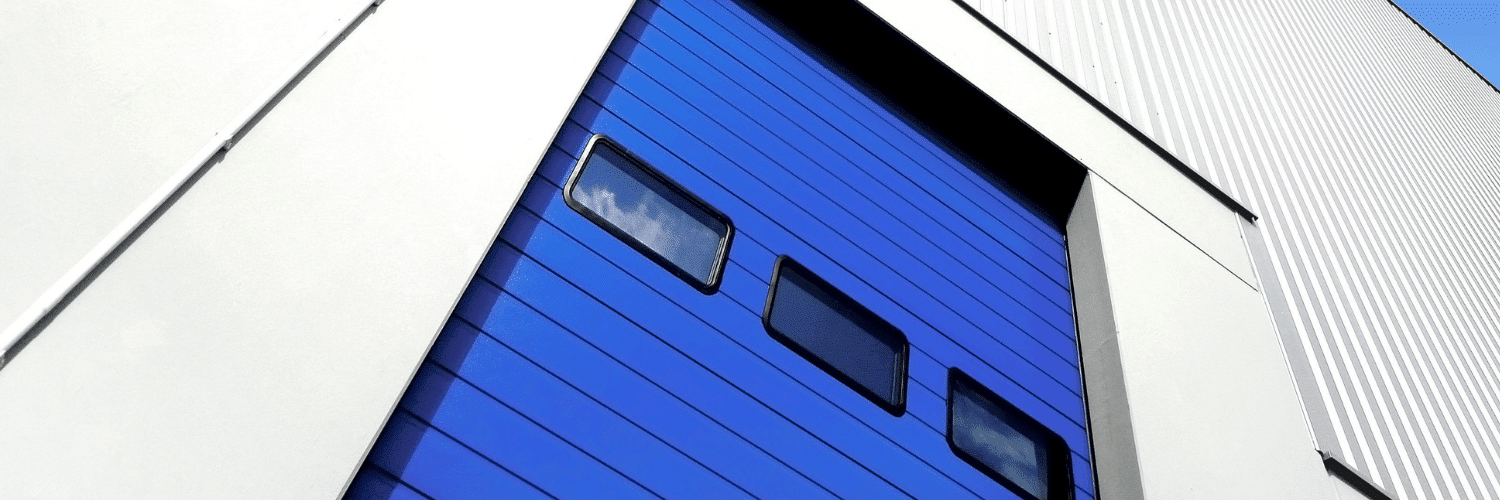What does it mean to have rejected freight? If a carrier arrives at a facility and the receiver refuses to take the freight as is, it is rejected and must go back to the shipper or be fixed before ownership can switch hands.
Some reasons for rejected freight are obvious, like a damaged product or incorrect product. Other reasons are more nuanced, like skid configuration, paperwork, or temperature upon arrival.
One thing is for certain, rejected freight causes a domino effect of issues and costs. Luckily, with attention to detail and some planning, rejections can be mitigated, and costs managed.
Top Reasons Freight is Rejected
- Paperwork errors
- Temperature range
- Shifted or fallen freight
- Improperly shrink-wrapped freight
- Damaged cases and skids
- Crushed, dented, or bent corners
- Water damage or leakage
- Late arrival or missed appointment
- Wrong product
- Trailer concerns
Paperwork
The Bill of Lading (BOL) must match the shipment being delivered. The receiver will check to see that the BOL accurately reflects the PO # (purchase order #), skid and case count, and weight.
If the paperwork does not match what is delivered, it cannot be accepted by the receiver.
Pallet Configuration
Big-box stores like Costco require that product arrives according to specific packaging guidelines. This includes skid type, pallet configuration and dimensions, shrink wrapping, etc.
If these specific guidelines are not followed, or anything has shifted, fallen, or ripped in transit, the freight will be rejected. Costco will refuse any pallets that do not arrive in good condition, even if the product is fine.
It is essential that specifications are shared with warehouse and transportation partners so they can help uphold configuration standards.
Temperature Range
Maintaining the integrity and freshness of food products is serious business. If goods fall out of the acceptable temperature range, even by one degree, freight cannot be accepted and will be turned away.
Unlike some freight that can be reconfigured and brought back to a receiver, once food falls above or below the acceptable temperature range, it cannot be redelivered, even if it is brought back to the acceptable range. The chance for spoilage is too high and a receiver will not take on the liability.
Late Delivery
When a delivery arrives late, your freight could be turned away. Retail and grocery DCs operate on tight schedules. One delay could negatively impact appointments for the rest of the day, so they rarely make exceptions for late deliveries.
Also, if an order arrives on time but is rejected for another reason, it still runs the risk of being late when redelivered. This is especially true to big-box deliveries that require appointments. Rescheduling a new delivery time could push out to later the same day, the next day, or even the next week depending on volumes and congestion.
Wrong Product
Sometimes the reason for rejection is simple – it’s not what the customer/receiver purchased.
A warehouse may have shipped out the wrong pallet, or a brand/shipper could have placed the wrong order. The wrong product could mean an incorrect SKU altogether or product that is outside of acceptable expiration date ranges. No matter what, the mistaken product will need to be returned and new/correct freight shipped.
Trailer Concerns
Sometimes freight is rejected because the wrong equipment has been sent to a receiver. For example, if the arriving truck trailer does not match dock heights, a flatbed is used when guidelines dictate a box truck, or the equipment has lingering smells or debris from past deliveries, the receiver has the right to reject the delivery.
Asking new receivers about maneuverability concerns, dock heights, liftgates, and other facility details can help prevent these issues.
Fixing Rejected Freight Issues
Many issues associated with rejected freight can be resolved quickly but do require extra communication and planning.
To start, provide photos, diagrams, or any other concrete example of proper pallet configuration to your warehouse and trucking partners. This will help them to properly pack and load your freight from the get-go.
Drivers can also check to see if freight has shifted prior to their final arrival at a receiver location. If cases have been damaged, the shrink wrap is ripped, or the pallet has fallen, your freight can be reworked at a nearby facility and taken care of before it has the chance to be rejected.
Setting up with rework facilities is essential for companies looking to avoid rejected freight. Talk to facilities nearby your receiving locations and establish accounts, processes, and pricing ahead of time. That way, if freight has been damaged or experienced shifting, it can be taken to the nearby location and quickly reworked.
Driver checks and establishing a “rework network” are two of the best ways to mitigate the potential for rejections. Driver checks can also evaluate if proper paperwork is in hand and if temperatures are accurate and safe. If there are any concerns, your 3PL partner can step in to help solve and direct the driver.
The most basic advice – ask detailed questions, follow customer guidelines, communicate, and be prepared.
—
 | Complete Guide to Costco Shipping This free guide will arm you with everything you need to know to ace your Costco vendor relationship and avoid costly chargebacks. |

